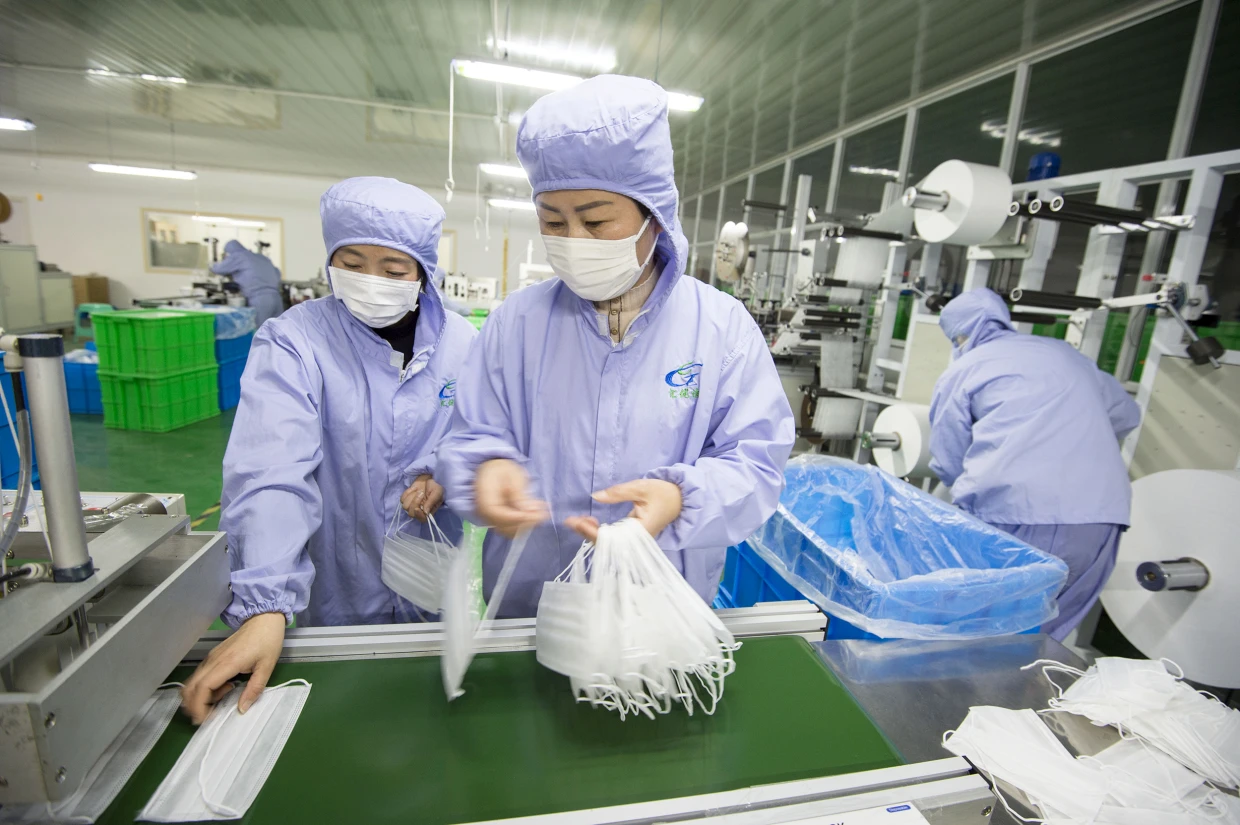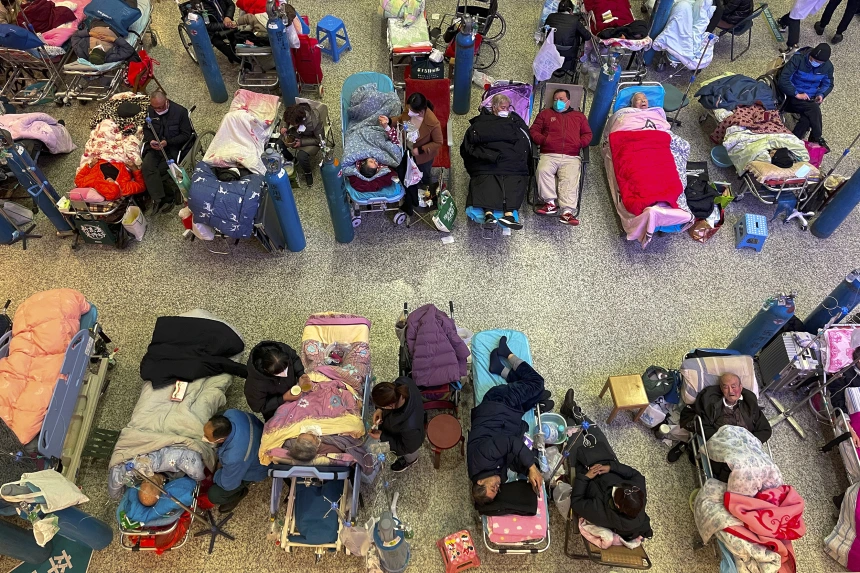China’s Covid wave threatens another snarl of U.S. medical supply chain
Share

U.S. efforts to lessen the health care system’s reliance on China will be tested in the coming weeks and months as the virus rolls through China
WASHINGTON | By Shannon Pettypiece | As Covid infections surge across China, the U.S. again risks falling short of medical supplies as that country struggles to keep factories running and goods flowing out of its ports.
U.S. hospitals, health care companies and federal officials worked to lessen their dependence on China for medical goods after the first wave of Covid infections in 2020 laid bare the major role China plays in manufacturing such crucial items as masks, latex gloves and surgical gowns, along with the key drugs and components in many medical devices.
Those efforts over the past three years are expected to be tested in the coming weeks and months as the virus rolls through China following the lifting of nearly all Covid restrictions there last month. China has stopped releasing official figures for infections and deaths, but media reports show hospitals overwhelmed with patients, funeral homes out of space for bodies, and factories unable to operate with so many workers ill.

The U.S. is already grappling with unrelated shortages of medications for children, including pain relievers and antibiotics.
U.S. officials and medical suppliers said in interviews that they were closely monitoring the situation in China and had yet to see any shortages directly linked to the latest wave of infections there. Biden administration officials said they had been coordinating across federal agencies to monitor the supply chain and didn’t anticipate significant shortages, unlike at the start of the pandemic, because of government efforts to bolster U.S. stockpiles and moves by companies to lessen their dependence on China.
“We’re looking a lot for potential early warning signs in the medical supply chain for any kinds of disruptions,” said an administration official. “At this point, we haven’t detected any current or likely disruptions, at least to the flow of drugs or devices or supplies of PPE (personal protective equipment) to the United States given what’s going on in China.”
But health care executives and supply chain analysts warn the impact of China’s latest Covid wave could take months to work its way through the supply chain and much will depend on the trajectory of the pandemic in the coming weeks, something officials in the U.S. have limited insight into given the lack of data from China.
“One major concern throughout the entire pandemic has been that because of China’s zero Covid policy, shutdowns greatly reduced manufacturing capacity in China. This is obviously that type of activity on steroids,” said Michael Osterholm, director of the Center for Infectious Disease Research and Policy at the University of Minnesota. “This is by far the worst of the supply chain challenges we’ve seen so far in the pandemics from China.”
Potential shortages could range from generic drugs, like antibiotics and blood thinners, to electronic components used in advanced medical devices. Despite efforts over the past two years by the Biden administration to bolster the country’s domestic medical supply chain, the complexity, costs and regulations involved in health care manufacturing has limited companies’ ability to shift production.
“When you have specific intellectual property that’s attached to a specific manufacturer or you have very expensive factory production, which is typical in pharma and critical componentry like integrated circuits, those aren’t flip moves, there’s a lot that goes into that,” said Douglas Kent, executive vice president of corporate and strategic alliances at the Association for Supply Chain Management.
The U.S. imported $3.2 billion in drugs and active pharmaceutical ingredients directly from China in 2020, including antibiotics, antidepressants, birth control pills and drugs for chemotherapy, according to a 2021 supply chain analysis by the White House.
More than a quarter of facilities making the active ingredients in blood thinners for the U.S. and nearly 20% of those making a type of anesthetic are based in China. Drugs imported into the U.S. from other countries, such as India and those in Europe, also get the vast majority of their ingredients from China, the report found.
The U.S. health care system has already been grappling with a range of shortages over the past year as a result of China’s Covid policies that caused factories to shut down and disrupted the flow of goods around the country. Last spring, doctors had to limit medical scans after a GE plant making an imaging agent used in the procedure was shutdown for weeks.
The Health Industry Distributors Association found that shipping delays for medical goods have persisted for the past year in part because of bottlenecks created by China’s rolling Covid disruptions. The group found as many as 10,000 medical containers were delayed an average of 25 days in October.








